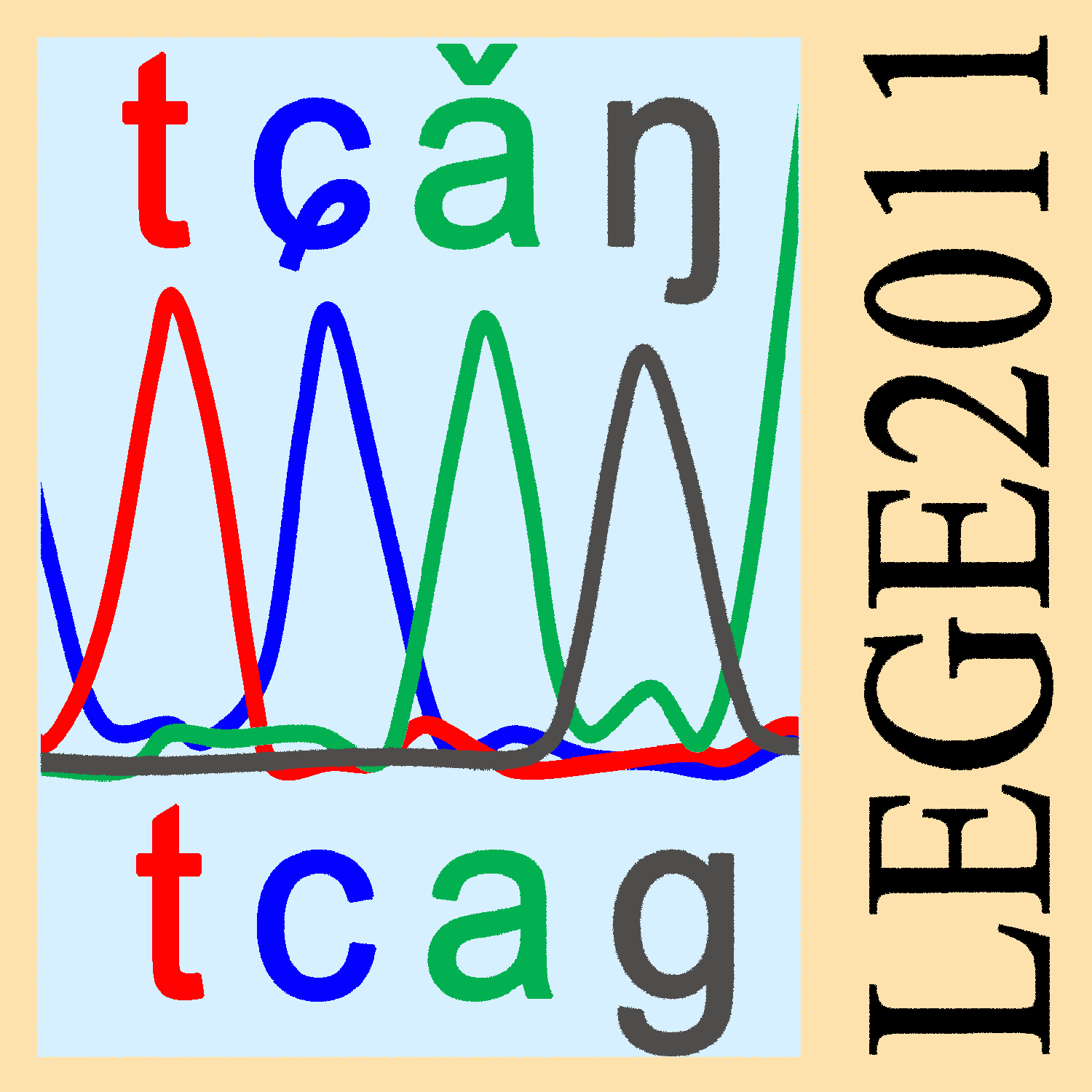 COM.on C.A.5:e41/246-254
Online published on
Dec.15, 2011.
COM.on C.A.5:e41/246-254
Online published on
Dec.15, 2011.doi:10.4236/coca.2011.51041
 COM.on C.A.5:e41/246-254
Online published on
Dec.15, 2011.
COM.on C.A.5:e41/246-254
Online published on
Dec.15, 2011.Haixiong Yan, Di Jiang
1. Humanities and Communication College, Shanghai Normal University, Shanghai 200234 China; 2. Institute of Ethnology and Anthropology, Chinese Academy of Social Sciences, Beijing 100081 China.
Key words: syllable statistics, East Asian languages, syllable length, phylogeny
Recieved: Sep.15, 2011 Accepted: Dec.8, 2011 Corresponding: yanhx@cass.org.cn
《现代人类学通讯》第五卷e41篇 第246-254页 2011年12月15日网上发行
会议报告
基于音节统计分析法的东亚语言关系
燕海雄,江荻
1. 上海师范大学人文学院,上海200234;2. 中国社会科学院民族学与人类学研究所,北京100081
摘要:历史语言学的经典理论与方法在研究东亚语言的系属关系时遇到了极大的挑战。本文尝试提出音节统计分析法,检索了35个核心词项在352种东亚语言中的音节长度,通过相关运算过程最后利用邻接法(即Neighbor-Joining Method)分析得出东亚语言系属关系的进化树。音节统计分析法摆脱了同源词比较的束缚,减少了人为因素的干扰,避开了鉴别同源词与借词的难题。
关键词:音节统计分析法;东亚语言;音节长度;系属关系
收稿日期:2011年9月15日
修回日期:2011年12月8日
联系人:燕海雄
yanhx@cass.org.cn